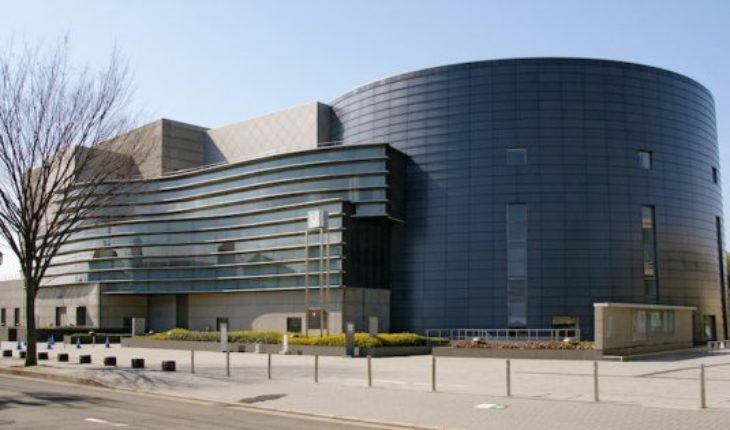considered a v isionario by his colleagues, Isozaki always has faced his work as an architect with a “deep commitment to the art of space”. It also highlights the “precision and dexterity” shown in “building techniques, in the interpretation of the location and the context and the intentionality of the details”, points out the failure.
“He has a deep knowledge of theory and history of architecture and embraces the forefront. Not limited to replicate the ‘ status quo. Noted for his search for the meaning of architecture. This is reflected in its buildings, which defy stylistic categorizations, constantly evolving and always have freshness in its approach”, he adds.
Mito Art Tower versatile architect born in Oita, on the island of Kyushu (Southern), in 1931. Isozaki began to stand out as architect for the reconstruction of Japan after the second world war.
It is a versatile and influential architect. From his first works, in the Decade of the sixties, became the first Japanese architect in forging a “deep and enduring relationship between East and West”, said the jury, chaired by the judge of the Supreme Court of United States Stephen Breyer.
Architect Arata Isozaki. Credit: EFE its work through more than five decades and hundreds of buildings constructed. The work of Isozaki has had a great impact in the world of architecture. Your contribution also encompasses many theoretical works, exhibitions and conferences.
The heterogeneity is one of the characteristics of a work. Its buildings range from the reinterpretation of the tradition to high technology. This showed from their first designs, as their city in the air he designed in 1961. This work was intended to rationalize the chaos of Tokyo through a vertical management with buildings inspired by the trees.
Palace Sant Jordi some of his most outstanding works are the Kitakyushu Central Library (1974) or the Museum of modern art Gunma, opened in 1974, a clear structure cubic reflecting his fascination for the emptiness and the grid.
In United States it is known by the Museum of contemporary art in Los Angeles (1986) and the headquarters of Disney in Florida (1991), while in Europe there is the Sant Jordi Palace, designed for the Olympic Games of Barcelona 1992 and the interactive museum Domus de La Coruña . China has made coffee (of art of the Academy Central Museum of fine arts in Beijing), opened in 2008, or the Cultural Centre of Shenzhen, 2007.
Palazzo Sant Jordi, construction for the Olympic Games of Barcelona 1992 the last years and in spite of his advanced age has shown “an extraordinary dynamism”. With works such as Qatar (2011) Convention Centre and the spectacular concert hall inflatable Ark Nova, designed in 2013 by Indian artist Anish Kapoor, Japan regions affected by the tsunami of 2011.
One of his last works is the Allianz Tower, which opened in Milan in 2018.
Philosophy, history and culture across a series of buildings that make it one of the most influential figures of contemporary world architecture. His main contributions are constant experimentation, without fear of changes and new ideas.
“Its architecture relies on a deep understanding. Not only architecture but also philosophy, history and culture”. As well as being “an example of generosity”. They are the points noted the communiqué of the Hyatt Foundation. Entity that awarded the Pritzker, considered the Nobel of architecture.
Isozaki replaces on the payroll of the Pritzker Indian Balkrishna Doshi. The latter was rewarded last year by an architecture that integrates pragmatism and humanism.
The jury of this year was composed, in addition to by Breyer, by the architects Richard Rogers (United Kingdom), Pritzker 2007; Benedetta Tagliabue (Italy); Kazuyo Sejima (Japan), 2010 Pritzker; Wang Shu (China), Pritzker 2012 and Ratan N. Tata (India).
As well as by the Ambassador of Brazil in Japan and critic of architecture, André Aranha Corrêa do Lago, and the American Martha Thorne, Executive Director of the prize and Dean of the school of architecture and design IE, Madrid.
Isozaki will receive a prize money of 100,000 dollars, a certificate and, since 1987, a bronze medallion in whose reverse side there are recorded three words: “firmitas, utilitas, venustas” (strength, beauty and utility), the fundamental principles of the architecture of Vitruvio.
translated from Spanish: Architect Arata Isozaki, prize Pritzker 2019, for a job “that transcends eras”
March 6, 2019 |





